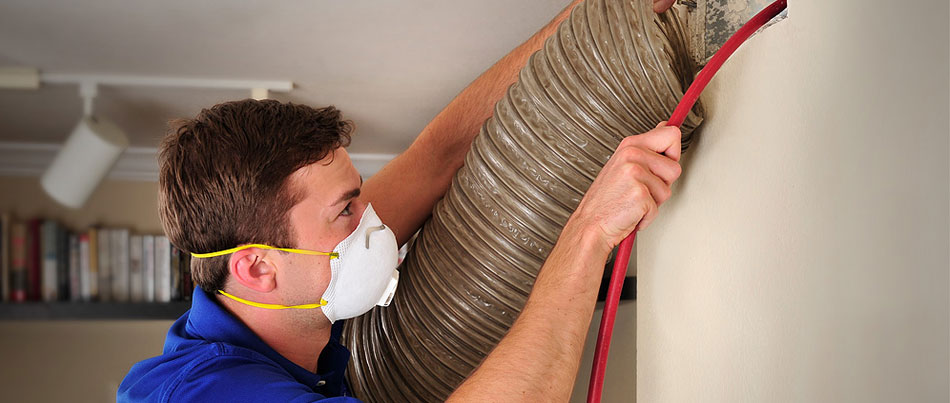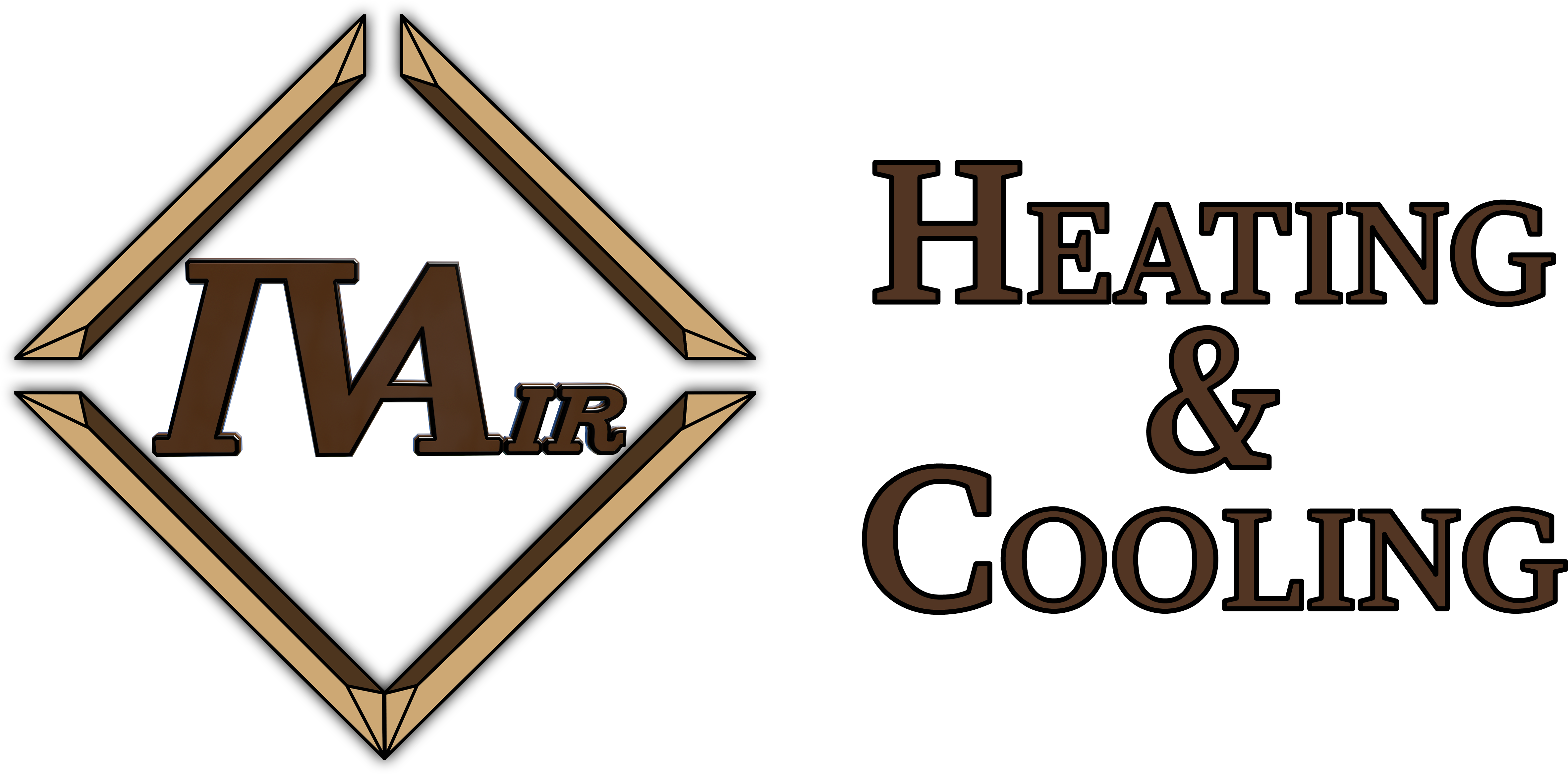Improving Indoor Air Quality

There are five basic strategies to improve indoor air quality
1 . Source Control
Usually the most effective way to improve indoor air quality is to eliminate individual sources of pollution or to reduce their emissions. Some sources, like those that contain asbestos, can be sealed or enclosed; others, like gas stoves, can be adjusted to decrease the amount of emissions. In many cases, source control is also a more cost-efficient approach to protecting indoor air quality than increasing ventilation because increasing ventilation can increase energy costs.
2. Ventilation Improvements
Another approach to lowering the concentrations of indoor air pollutants in your home is to increase the amount of outdoor air coming indoors. Most home heating and cooling systems, including forced air heating systems, do not mechanically bring fresh air into the house. Opening windows and doors, operating window or attic fans, when the weather permits, or running a window air conditioner with the vent control open increases the outdoor ventilation rate. Local bathroom or kitchen fans that exhaust outdoors remove contaminants directly from the room where the fan is located and also increase the outdoor air ventilation rate.
It is particularly important to take as many of these steps as possible while you are involved in short-term activities that can generate high levels of pollutants – for example, painting, paint stripping, heating with kerosene heaters, cooking, or engaging in maintenance and hobby activities such as welding, soldering, or sanding. You might also choose to do some of these activities outdoors, if you can and if weather permits.
Advanced designs of new homes are starting to feature mechanical systems that bring outdoor air into the home. Some of these designs include energy-efficient heat recovery ventilators (also known as air-to-air heat exchangers.
3. Filtration
Removing airborne contaminants can improve the well being of your family. There are many different types of filters. Each one performs differently. Based on your lifestyle, type of home and family needs, we can recommend the filter that best fits your situation. (We offer everything from disposables to HEPA filters). The cost to install and maintain should also be considered to find the right filter for your budget.
4. Air Cleaners
There are many types and sizes of air cleaners on the market, ranging from relatively inexpensive table-top models to sophisticated and expensive whole-house systems. The Electronic Air Cleaner is an advanced and easy-to-use, whole-house solution that traps and filters up to 98% of pollutants from the air passing through your heating and cooling system. This advanced air cleaner captures microscopic impurities like dust, smoke and smog particles in addition to larger particles like mold spores and cat dander.
It works by placing an electric charge on airborne particles, and then collecting the charged pollutants like a magnet. Plus, you can say goodbye to monthly filter replacements by simply washing the air cleaner cells in your dishwasher or sink..
The effectiveness of an air cleaner depends on how well it collects pollutants from indoor air (expressed as a percentage efficiency rate) and how much air it draws through the cleaning or filtering element (expressed in cubic feet per minute). A very efficient collector with a low air-circulation rate will not be effective, nor will a cleaner with a high air-circulation rate but a less efficient collector. The long-term performance of any air cleaner depends on maintaining it according to the manufacturer’s directions.
5. Air Duct Cleaning
Air Duct Cleaning is one of the smartest investments you can make to protect your family. Why? Air Duct Cleaning creates a healthier home. Just read these important facts about how poor air quality affects your family’s health.
Dust, dirt, pollen, mildew, mold, fungi, bacteria and smoke are pulled into your duct system every time your furnace or air conditioner operates.
These airborne contaminants build up inside the ductwork over time and are spewed out and circulated throughout your home continually affecting the health and comfort of your family. As a result, there may be an increase of viruses and breathing problems for your family.
The state-of-the-art, HEPA-AIRE HVAC contaminant removal system used by Ivey Air Inc. assures that your ducts are being cleaned in the most effective way. It is 99.7% efficient in removing microbial contaminants. This system enables our technicians to reach and thoroughly clean your entire duct system with minimal disruption.
“Since 1980, people suffering from asthma rose on average of 14% each year” (Source: US National Health Interview Survey, 1980-94; Center for Disease Control & Prevention, 1998) Have you noticed that your family seems to be suffering more from allergies, asthma, headaches, sleep problems and everyday maladies? Perhaps your air tight home is making you sick. EPA found that indoor air can be up to 70 times more polluted than outdoor air because of air-tight homes and build-up of dust, smoke, pollen, chemical sprays, and fungus inside your duct system.

OTHER HELPFUL HINTS
ERVs & HRVs
Energy and Heat Recovery ventilators provide fresh air to the home while reclaiming energy from exhausted air. These systems are gaining in popularity as the concern over indoor air quality continues to rise.
Humidification
Many homes require the addition of moisture to maintain a comfortable environment (and avoid cracking of hardwood floors and furniture). Homes in our area can be as dry as the Sahara Desert during the heating season. We offer whole house humidifiers to add just the right amount of moisture to assure your comfort.
Dehumidification
Proper dehumidification can allow you to turn a damp basement into a Family Room, Game Room or Home Theatre. We offer systems that will reduce your moisture level and increase your comfort. They also will help to minimize the possibility of mold and mildew growth.

